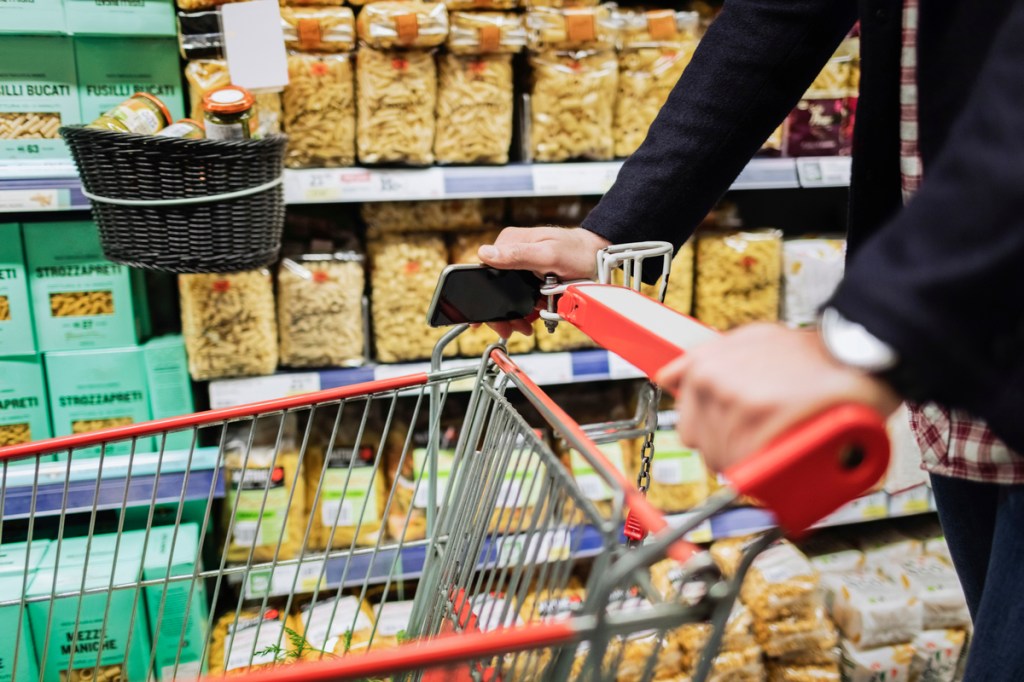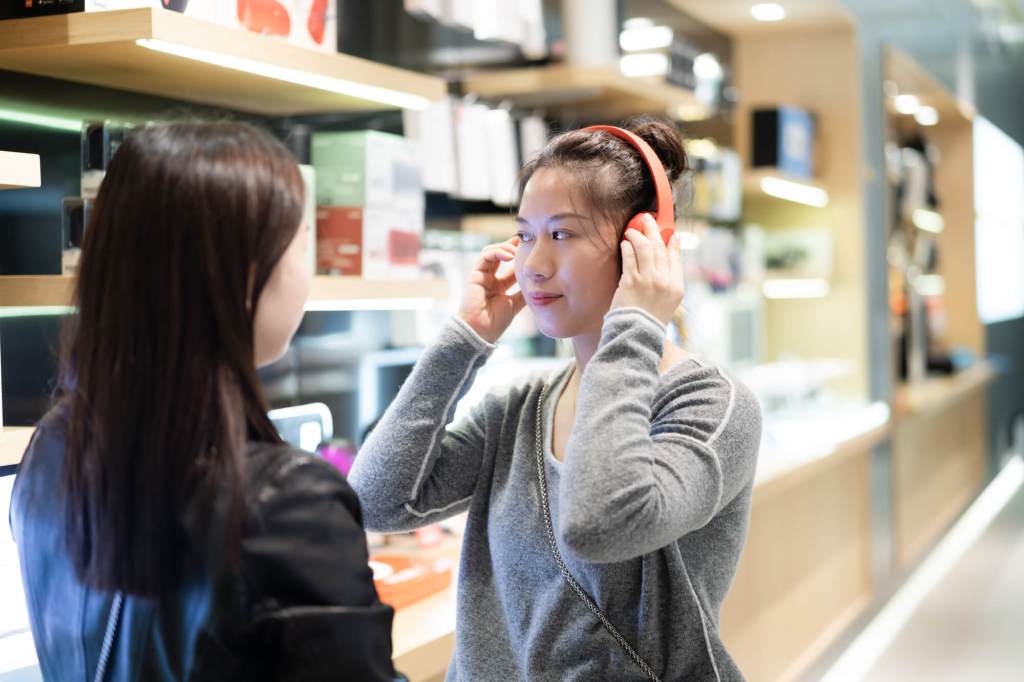Want to increase customer value?
Think basket diversity – not basket size
So, it feels like you’ve tried almost everything, but your organization is still counting on you to increase the average customer value. Have you considered a different approach? Maybe it is time to look beyond the size of your customers’ baskets and focus on what’s inside those baskets.
Granular insights into customer value reveals what items your customers buy at your shops and- maybe more importantly – it indicates what they go to buy elsewhere.
As such, basket diversity analysis, while often overlooked, is a powerful tool for growing customer value.
To understand a customer’s annual value, there are two determining factors: (1) the number of baskets purchased, and (2) the value of each basket. For example, let’s say I visit 12 times a year and buy $100 worth of groceries each time. All things equal, I could add $100 to my value by either adding one visit a year or by buying an extra $8.33 each visit.
So, there are two ways to increase my value: grow the size of my basket or entice me to visit more often.

Note: numbers obscured to hide retailer data
Looking at Figure 1, we can draw the conclusion that weekly customers are worth twice as much as bi-weekly customers, not because of the difference in basket size, but because they visit twice as often. It isn’t surprising that those monthly customers, despite having smaller baskets, are far more valuable than quarterly customers. So how can retailers significantly increase customer visit frequency? Encourage basket diversity.
Why focus on Basket Diversity and less on Basket Size
At ciValue, we work with leading retailers across the globe. To help them derive the key drivers for increased visit performance, we carried out a data-mining study to identify the key driver for increased visit frequency. In the study, we looked for the most significant customer behaviors predictive of the next visit within a desired time frame. We ran the study on regular customers for several FMCG retailers and selected a timeframe of two weeks, reflecting best customers’ average visit frequency.
Our findings initially showed that the best predictor for customers’ visit frequency, and consequent annual value, is the number of different departments and categories in which they shopped regularly.
As the Figure 2 illustrates, there is a strong correlation between the number of different categories shopped and the likelihood of return in a given period. A customer who regularly shops in 2 categories has a 38% likelihood of returning within the next two weeks; a customer who shops in 15 categories, a 70% likelihood of returning
A customer who regularly shops in 2 categories has a 38% likelihood of returning within the next two weeks; a customer who shops in 15 categories, a 70% likelihood of returning.
In retrospect, it isn’t difficult to rationalize this result. Different categories have different replenishment rates, and so more categories mean a wider range of replenishment rates, some shorter and some longer. So, a customer who shops more categories will most likely need to replenish at least some of her categories more often.
Our key takeaway from the above analysis is that focusing on basket size, without accounting for basket diversity, is not likely to achieve the expected results.

Note: numbers obscured to hide retailer data
For some of you, this may sound intuitive, and yet most retail offers continue to be focused on stretching customer’s existing purchases within the departments or categories that the customer currently shops, rather than focusing on increasing basket diversity.
Basket diversity done right
Based on this experience, we recommend a number of straightforward methods for increasing basket diversity, based on identifying the items that customers always buy elsewhere and those that they sometimes buy elsewhere.
1 – Identify categories in which a customer used to buy items and bring them back
Initially, identify categories in which a customer is lapsing or in which she stopped buying altogether.
More often than not, this simply means that he or she is buying the items elsewhere. By providing relevant offers for his or her favorite items in the category, you can bring him or her back and reestablish the typical purchase behavior in those categories.
2 – Use category cross-sell to identify categories in which the customer shops elsewhere
What a customer buys from us tells us a lot about what they buy from our competitors. For example, if a customer is buying baby shampoo and pacifiers, but not diapers, they are most likely buying diapers, just not at your store.
Give the customer an attractive offer to shop a category that they never shopped before (100% incremental), and you will discover one of two things: If the customer redeems the offer, he or she has probably been shopping this category elsewhere. If he or she doesn’t redeem the offer, they probably aren’t interested. Keep in mind that you need to run this experiment more than once to validate your findings.
To run these experiments continuously and at scale requires more sophisticated machine learning algorithms, specifically collaborative filtering algorithms, which automatically group customers with like-minded purchases and prioritizes the categories that they are most likely buying elsewhere.
Getting strategic about basket diversity
Whether you are marketer or merchandiser, “Typical Number of Categories Shopped” is a key KPI that you should work to improve with multiple strategies.
The long-term impact of getting customers to shop more categories cannot be overstated. Customers who shop more categories are far more likely to return to your store again and again. The number of categories could almost be considered a proxy for customer loyalty, considering the massive impact on visit frequency and customer value.
The most effective way to increase customer spending is to convince them to make more shopping trips to your store. Basket diversity is the strongest driver of a customers’ visit frequency to your store, because diverse baskets require more frequent replenishment. Conversely, non-diverse baskets are a signal that the customer is splitting her purchases between your store and your competitors’. Hence, identifying and providing offers to customers on categories that they buy elsewhere will not only save them the trouble of going to a different store but help to increase their visit frequency, and consequently their overall value.
👉🏽 Make sure you read all about how we calculate basket diversity in our whitepaper here.




